
Marginal Revolution University
Grades 9-12

Don't have an account yet? Sign up for free
Don't have an account yet? Sign up for free


Students learn how to identify headlines in the news and current events as illustrations of problems in supply and demand. Students will be linked to news sites to create their own analysis of supply and demand issues in problems facing our society.
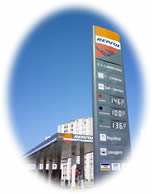 Why did the price of gas suddenly go up last week? What prompted the local shoe store to have a sale? Why are scalpers able to charge prices so much higher than those printed on the concert tickets? Supply and demand are at work in our everyday lives, causing changes in prices and quantities sold, and affecting our decisions about what to buy.
Why did the price of gas suddenly go up last week? What prompted the local shoe store to have a sale? Why are scalpers able to charge prices so much higher than those printed on the concert tickets? Supply and demand are at work in our everyday lives, causing changes in prices and quantities sold, and affecting our decisions about what to buy.
How can changes in supply and demand affect the prices of the products we buy? Demand is the willingness and ability of a person to buy a product. Demand can be affected by changes in income, changes in desire for a product, expectations about the economy, and changes in the prices of related products. For example, if a substitute product is offered at a lower price, people will demand less of the initial product; if a complement necessary to use the product goes up in price, people will again demand less of the initial product. Supply is the willingness and ability of a supplier to produce a product. Supply can be affected by the number of firms in the industry, the cost of production, productivity, government policy, and natural disasters.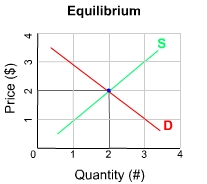
Equilibrium is the point at which the supply and demand curves cross; at this point, the quantity demanded and the quantity supplied are equal. The price indicated at that point is the price we see in the market, and the quantity illustrates the amount produced.
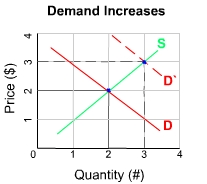 However, in the real world, supply and demand curves are constantly on the move. People are hired and fired; they receive raises or find their work hours reduced. They tend to reduce their spending if they fear a recession, and they often change their desires for products — the whole purpose of advertising! Companies face competition and changes in their costs of production, and they must try to improve worker productivity. They must contend with changes in government tax and regulatory policy, and they face the threat of fire and other disasters.
However, in the real world, supply and demand curves are constantly on the move. People are hired and fired; they receive raises or find their work hours reduced. They tend to reduce their spending if they fear a recession, and they often change their desires for products — the whole purpose of advertising! Companies face competition and changes in their costs of production, and they must try to improve worker productivity. They must contend with changes in government tax and regulatory policy, and they face the threat of fire and other disasters.
As events unfold, we can predict what will happen to product prices and output, based on changes in supply and demand. If demand increases (shifts to the right), the equilibrium point changes, as prices rise and the quantity produced rises.
However, if supply increases (shifts to the right), we will find that the price decreases, while quantity produced increases . Decreases in demand and supply will produce the opposite effects.
Now let’s translate this theory to real life. First you should print this pdf worksheet to answer the following questions.
Read the summary of news stories on the pdf worksheet and use the information to complete the pdf worksheet.
Read the summary of news stories on the pdf worksheet and use the information to complete the pdf worksheet.
When we understand the dynamics of supply and demand, we can predict the effects of changes on the prices we see and the quantities produced. As a consumer, if you have knowledge of events that can affect product demand, you will be able to act on those expectations to protect yourself against price fluctuations. For example, if you read a news report that the supply of beef is expected to fall and you know that may signal higher prices soon, you could buy additional hamburger now, at lower prices, and freeze it for future use. Or if you saw news reports about an upcoming concert that would lead you to believe the demand for tickets would be much greater than the supply, you would be motivated to get in line for tickets early, rather than waiting to pay the higher prices charged by scalpers. Knowledge of supply and demand can help you to make good decisions as a consumer, to make the most of your hard-earned dollars.
Now it’s your turn. Find two articles from among the websites below — one which would involve a change in supply and one which would involve a change in demand.
For each article, answer the following questions:

Marginal Revolution University
Grades 9-12

Grades 9-12
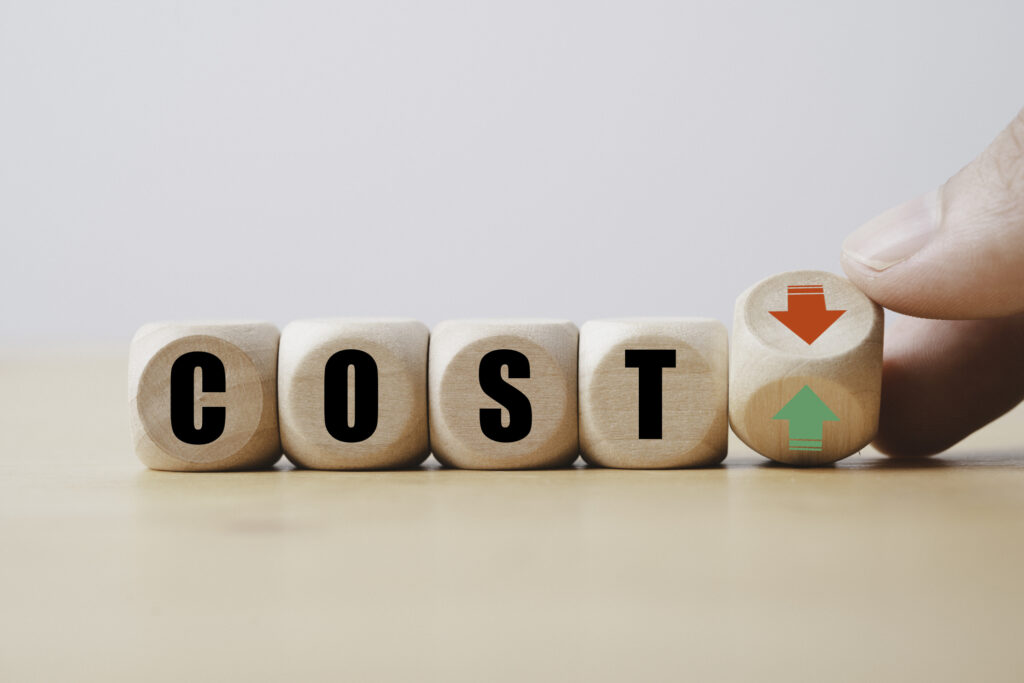
Grades 9-12
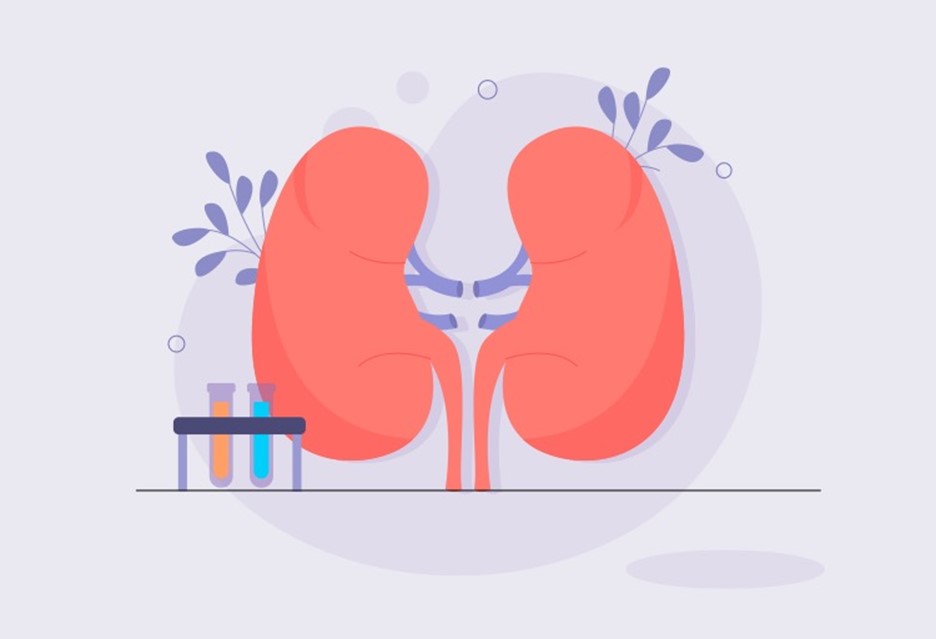
Grades 9-12
